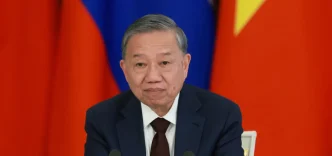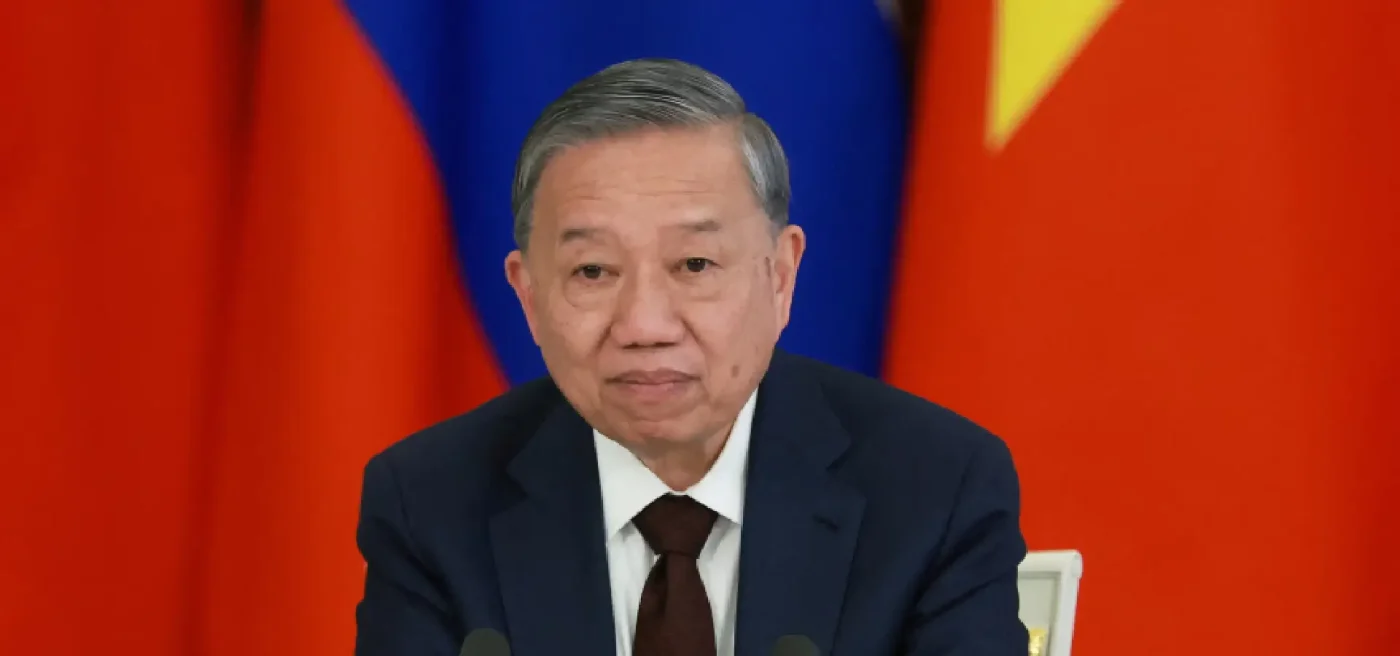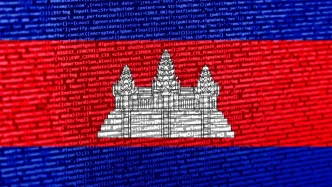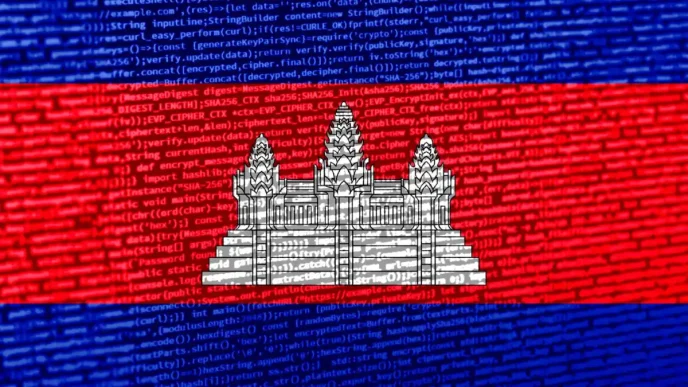Vietnam’s political sphere is abuzz with speculation following recent developments within the Communist Party of Vietnam (CPV), as the country navigates a critical juncture ahead of upcoming national congresses. While no official announcements have been made, whispers of potential leadership transitions and policy shifts have sparked discussions among analysts and citizens alike, raising questions about the future direction of the nation’s governance.
Emerging Signals from Hanoi
In recent weeks, subtle indications from state media and public appearances by senior CPV officials have fueled speculation about possible changes at the highest levels of government. Sources close to the political establishment suggest that internal deliberations are underway, though details remain scarce. Vietnam News reported on May 14, 2025, that a senior official emphasized the importance of “continuity and renewal” in leadership roles, a statement that many interpret as a hint toward upcoming transitions. “We must balance experience with fresh perspectives to meet the challenges of our time” said the official during a public address in Hanoi.
While the CPV has historically maintained a tightly controlled narrative around leadership decisions, the current atmosphere of anticipation is notable. Analysts point to Vietnam’s rapid economic growth and evolving geopolitical role as factors that may be prompting a reevaluation of strategic priorities within the party. If confirmed, any shift in leadership could have significant implications for domestic policy and international relations, particularly in the context of Vietnam’s delicate balancing act between major global powers.
Economic Ambitions and Political Stability
Vietnam’s economic trajectory over the past decade has been a cornerstone of CPV legitimacy, with the country positioning itself as a manufacturing hub and a key player in global trade networks. Recent data from the General Statistics Office of Vietnam indicates a GDP growth rate of 6.5% in 2024, driven by robust foreign investment and export performance. However, challenges such as income inequality, environmental degradation, and supply chain vulnerabilities remain pressing concerns. The potential for new leadership to address these issues—or introduce unforeseen policy changes—adds a layer of uncertainty to Vietnam’s economic outlook.
Political stability, a hallmark of Vietnam’s governance under the CPV, is another area of focus. The party’s ability to manage internal factions and maintain public support has been critical to its enduring authority. Yet, as younger generations and urban populations grow more vocal about issues like corruption and environmental sustainability, the CPV faces the task of adapting to changing societal expectations. Some observers speculate that a leadership transition, if it occurs, could signal a shift toward more progressive policies or a renewed emphasis on anti-corruption measures, though no concrete evidence supports these predictions at this time.
Geopolitical Implications
Vietnam’s geopolitical positioning adds further complexity to the current political climate. Situated in a region marked by competing influences, the country has adeptly navigated relationships with major powers such as China, the United States, and the European Union. Recent diplomatic engagements, including high-level visits and trade agreements, underscore Hanoi’s intent to maintain strategic autonomy. However, tensions in the South China Sea and ongoing border disputes with neighboring countries continue to test Vietnam’s foreign policy framework.
Analysts suggest that any change in leadership could influence Vietnam’s approach to these challenges. A more assertive stance on maritime claims, for instance, might emerge under a new administration, though such speculation remains hypothetical. “Vietnam has always prioritized stability in its foreign relations” said Dr. Nguyen Thanh, a political analyst based in Ho Chi Minh City, in an interview with Reuters on May 13, 2025. “Any transition would likely aim to preserve that balance while addressing domestic priorities.”
Public Sentiment and the Path Ahead
Public sentiment, as gauged through social media platforms like X and local forums, reflects a mix of curiosity and cautious optimism about potential changes. Many Vietnamese citizens express a desire for leaders who can tackle pressing issues such as climate change and economic disparities while preserving the country’s cultural and political identity. Posts from users in Hanoi and Ho Chi Minh City highlight a growing interest in transparency and accountability, though direct criticism of the CPV remains limited due to strict regulations on public discourse.
The Vietnam Fatherland Front, a political coalition under the CPV’s umbrella, has also been active in engaging communities on national development goals. Recent statements from the Front emphasize unity and collective progress, signaling an effort to maintain public cohesion amid speculation. Whether these efforts will translate into broader policy reforms or leadership announcements remains to be seen.
Historical Context of Leadership Transitions
Leadership transitions in Vietnam have historically been carefully orchestrated, with the CPV prioritizing consensus and continuity. The National Congress, held every five years, serves as the primary platform for major decisions, including the selection of the General Secretary, President, and Prime Minister. The most recent congress in 2021 reaffirmed the party’s commitment to socialist principles while embracing economic modernization—a dual focus that continues to shape Vietnam’s trajectory.
Past transitions, such as the appointment of Nguyen Phu Trong as General Secretary in 2011, have often been preceded by months of internal discussions and subtle public signaling. If the current speculation proves accurate, a similar process may be unfolding, though the lack of official confirmation leaves room for alternative interpretations. Some analysts caution against reading too much into unverified reports, noting that the CPV’s opaque decision-making process often defies external predictions.
Regional Comparisons and Broader Implications
Vietnam’s political developments do not occur in isolation. Across Southeast Asia, countries like Thailand, Indonesia, and the Philippines have grappled with their own leadership challenges, from military influence to populist movements. Vietnam’s relative stability has often been a point of contrast, yet the region’s interconnected dynamics—ranging from trade partnerships to security alliances—mean that any shift in Hanoi could resonate beyond its borders.
For instance, Vietnam’s role in the Association of Southeast Asian Nations (ASEAN) as a voice for smaller states could evolve depending on the priorities of a new leadership team. Economic initiatives, such as infrastructure projects funded by foreign investment, might also see renewed focus or redirection. A recent project in the Mekong Delta, valued at 2.5 trillion Vietnamese Dong (US$98 million), exemplifies the scale of development at stake, with potential impacts on rural communities and environmental sustainability.
Looking Forward
As Vietnam stands at this potential crossroads, the eyes of both its citizens and the international community remain fixed on Hanoi. While speculation about leadership changes continues to swirl, the CPV’s commitment to deliberate, consensus-driven governance suggests that any transition will be carefully managed. What remains unclear is how such changes, if they materialize, will address the multifaceted challenges facing Vietnam—from economic inequality to geopolitical tensions.
For now, the nation watches and waits, with the hope that whatever path emerges will strengthen Vietnam’s position as a rising power in Southeast Asia. As one resident of Hanoi shared on X, “Change can be good if it brings us closer to a better future.” Whether that sentiment will find resonance in the halls of power is a question only time will answer.
















